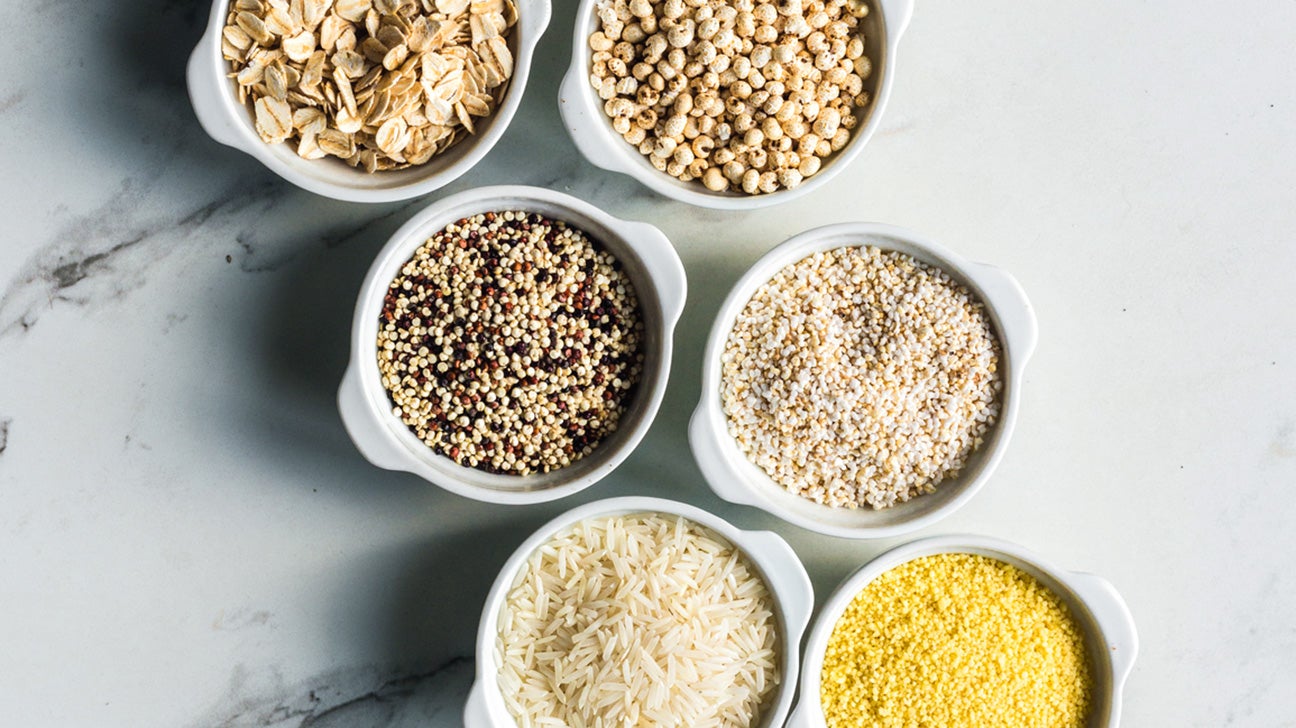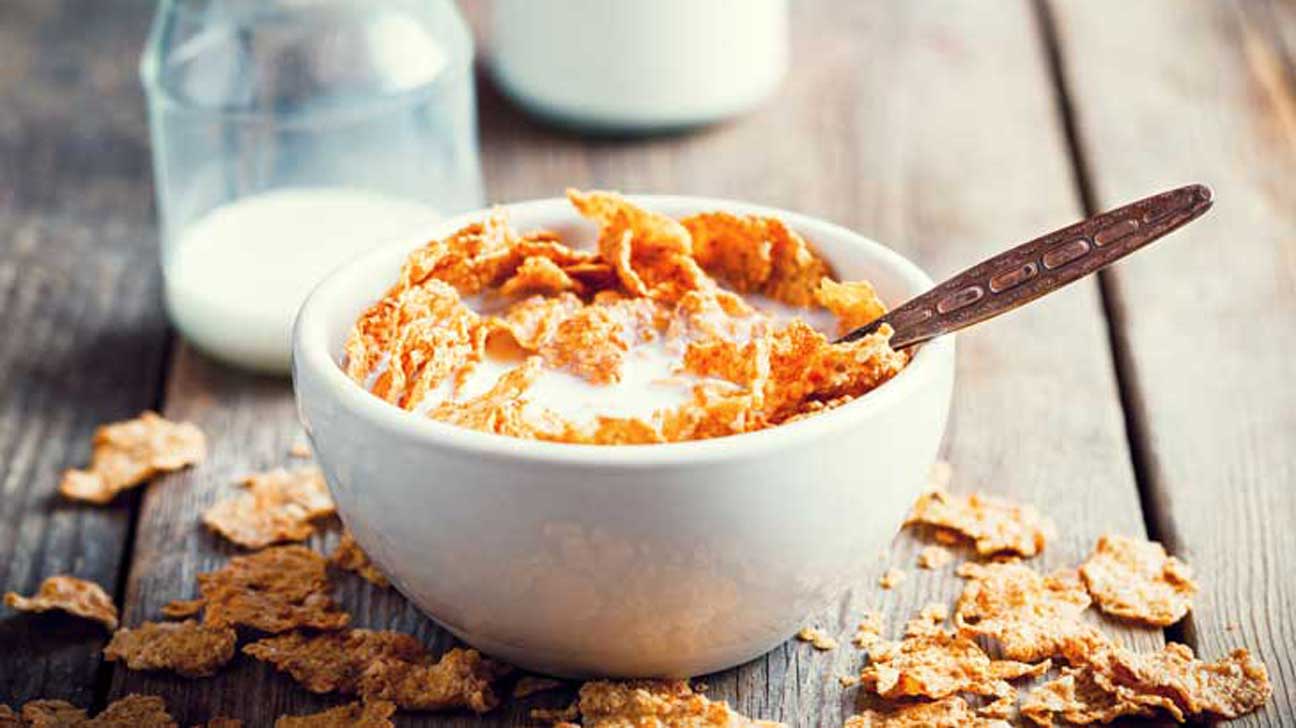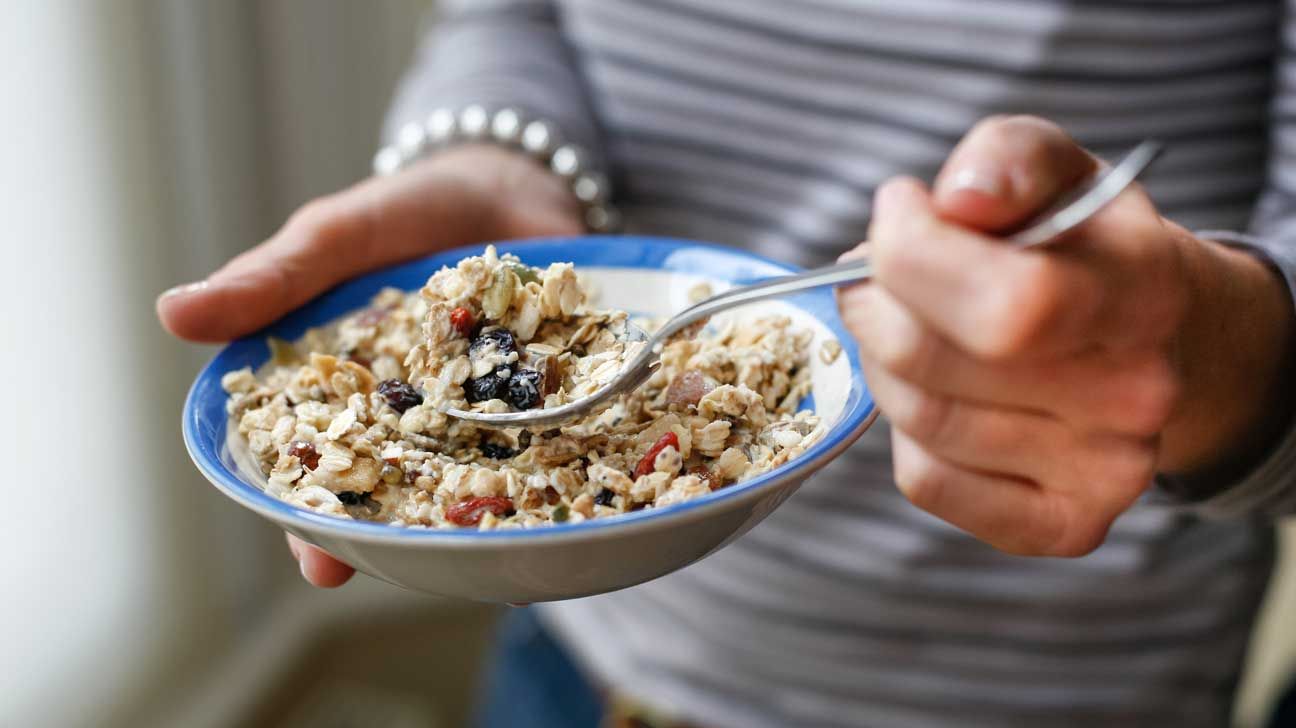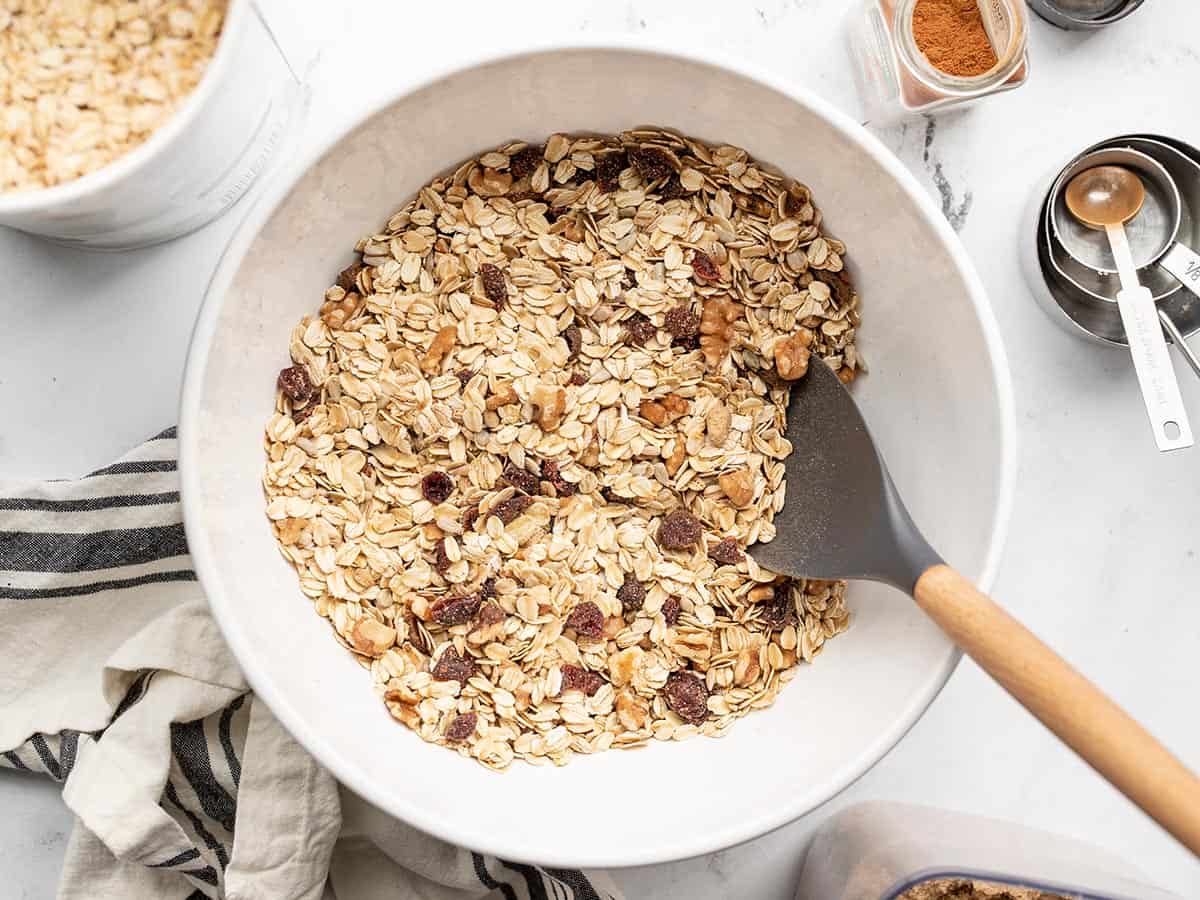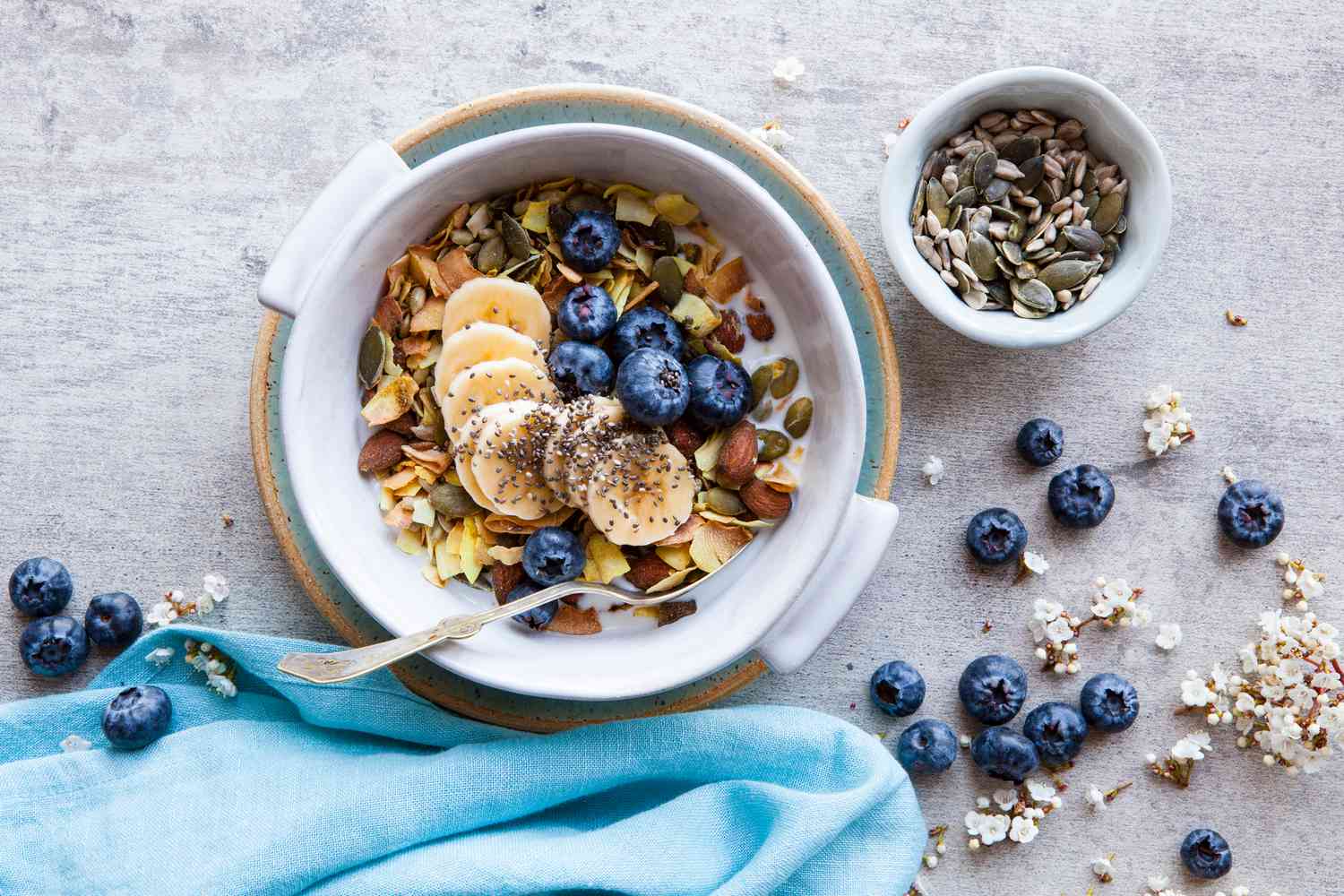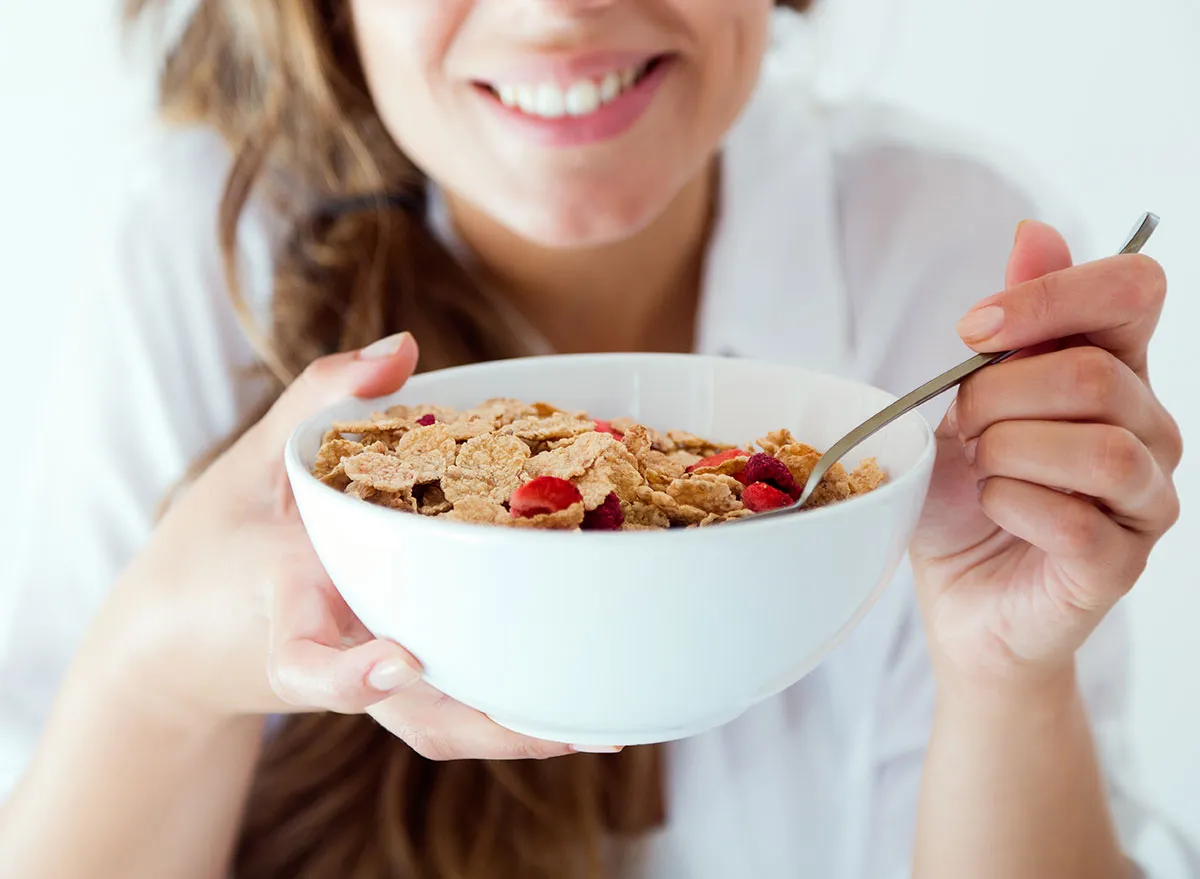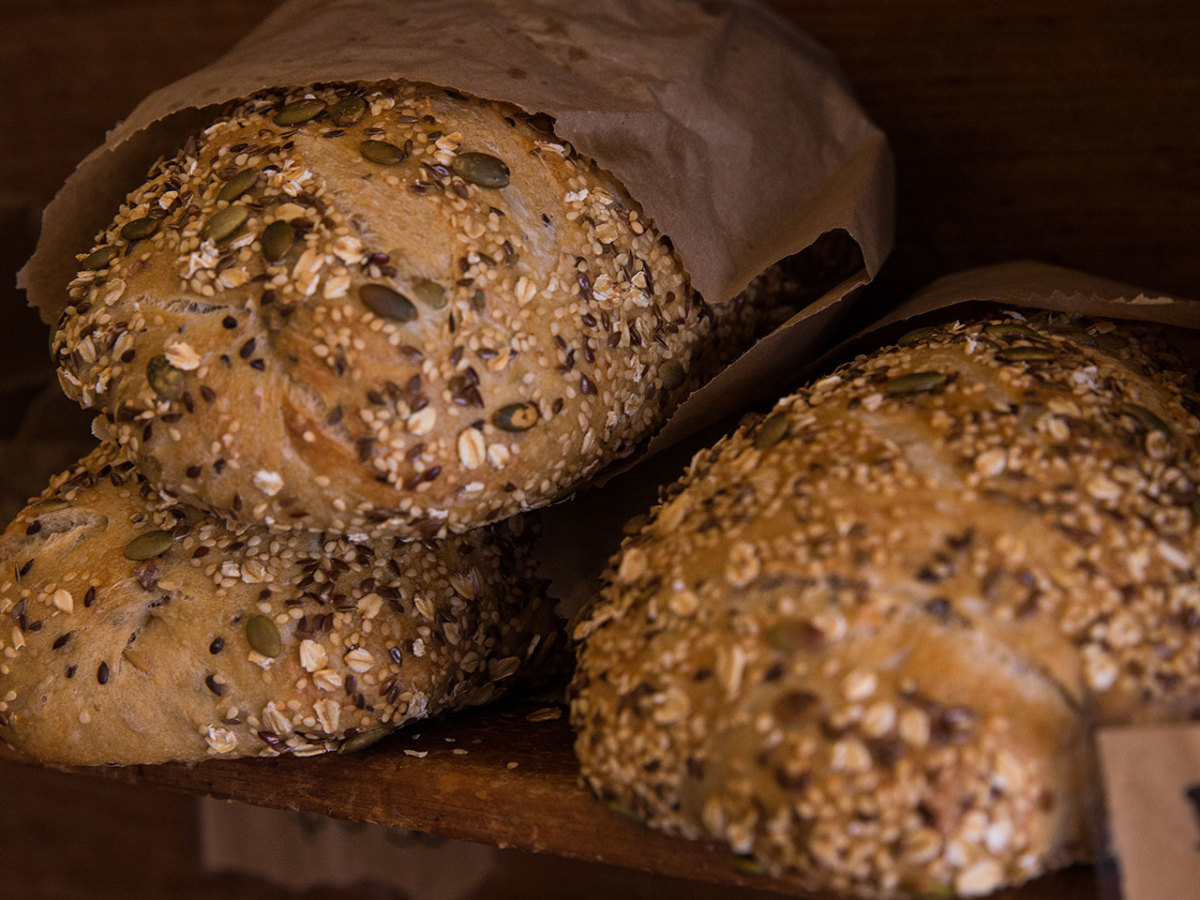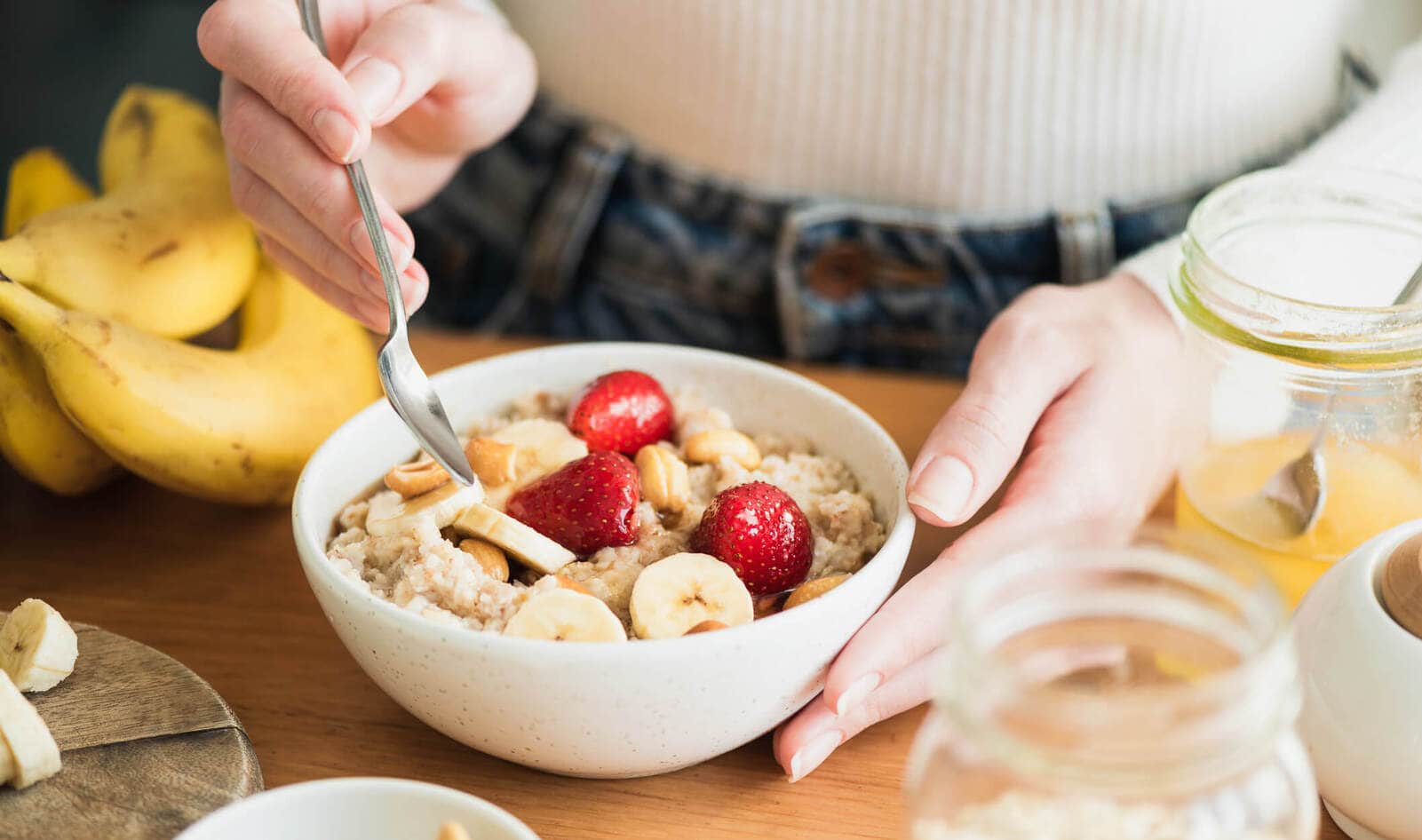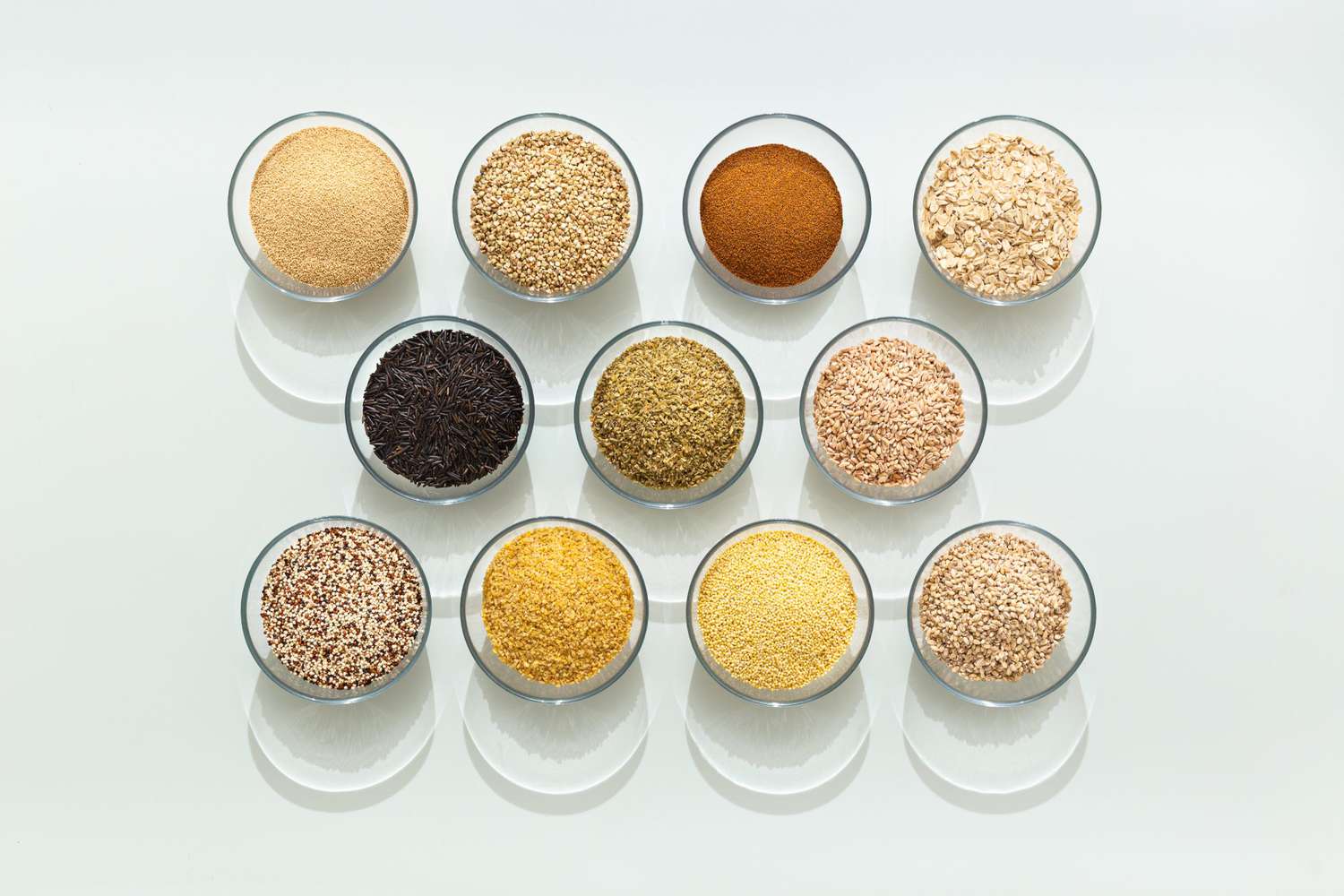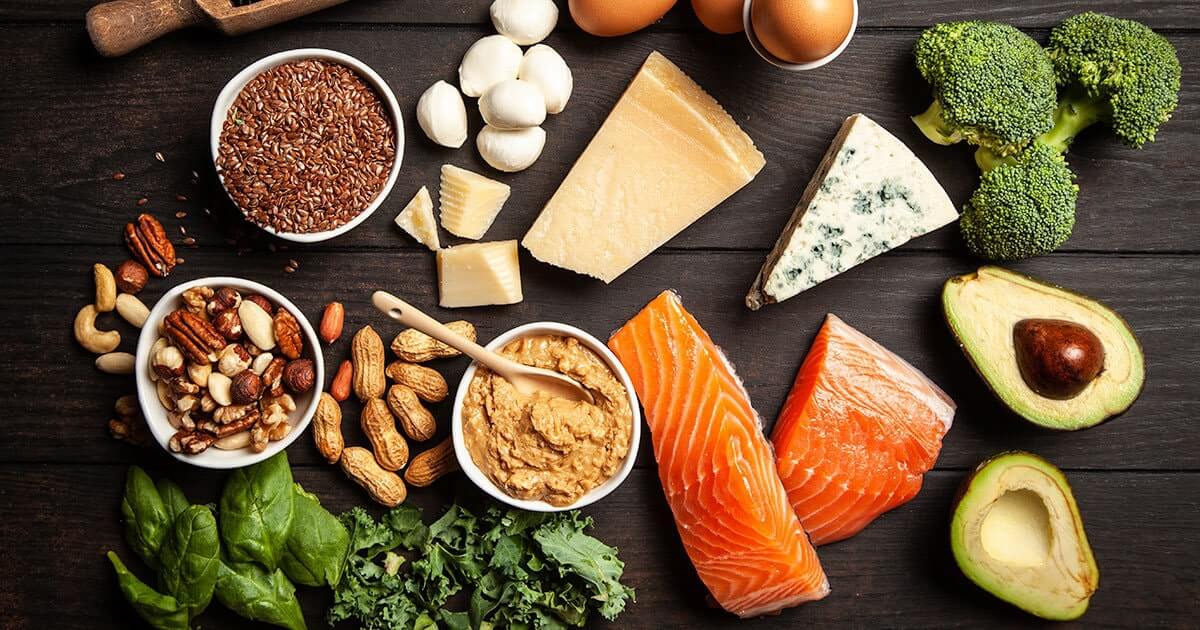Understanding Cereal Grains
When it comes to nutrition, cereal grains play a significant role in our daily diet. They are a great source of carbohydrates, fiber, and essential nutrients. However, knowing how to eat cereal grains in a healthy and enjoyable way is important for reaping their benefits.
Choosing the Right Cereal Grains
Before diving into the ways to eat cereal grains, it’s essential to choose the right ones. Here are some popular and nutritious options:
- Oats: Rich in fiber and known for their heart-healthy properties.
- Quinoa: A complete protein source and gluten-free grain.
- Brown Rice: A whole grain with a nutty flavor and high nutritional value.
- Barley: Packed with fiber, vitamins, and minerals.
Healthy Ways to Eat Cereal Grains
Now that you’ve selected your cereal grains, it’s time to explore some delicious and nutritious ways to incorporate them into your diet:
1. Breakfast Delights
Start your day with a nutritious bowl of oatmeal topped with fresh fruits and a sprinkle of cinnamon. You can also enjoy a hearty breakfast by cooking quinoa and adding a drizzle of honey and some chopped nuts for a delightful crunch.
2. Wholesome Salads
Add a nutritious twist to your salads by tossing in some cooked and cooled brown rice or quinoa. These grains add texture and substance to your salads while providing essential nutrients.
3. Flavorful Side Dishes
Enhance your meals with flavorful side dishes such as barley pilaf or a serving of seasoned brown rice. These dishes complement various main courses and offer a satisfying dining experience.
4. Nourishing Soups and Stews
Include cereal grains in your soups and stews for added nutrition and heartiness. Barley is an excellent addition to vegetable soups, while brown rice complements chicken or mushroom stews perfectly.
Key Takeaway
Learning how to eat cereal grains in diverse and nutritious ways can elevate your meals and contribute to a balanced diet. By choosing the right grains and incorporating them into your meals creatively, you can enjoy their numerous health benefits while savoring delicious flavors.
So, the next time you’re planning your meals, remember to include a variety of cereal grains for a wholesome and satisfying dining experience.
